This article was medically reviewed by Alina Lane, DDS. Dr. Alina Lane is a Dentist who runs All Smiles Dentistry, a general practice dental office based in New York City. After completing a DDS at the University of Maryland, Dr. Lane completed a year-long clerkship in Implantology at the University of Maryland, where she focused on the advanced restoration of dental implants. She continued her advanced education by completing a General Practice Residency at Woodhull Medical Center, an affiliate of the NYU School of Medicine. She received the Woodhull Medical Center Resident of the Year 2012-2013.
There are 8 references cited in this article, which can be found at the bottom of the page.
wikiHow marks an article as reader-approved once it receives enough positive feedback. This article received 16 testimonials and 100% of readers who voted found it helpful, earning it our reader-approved status.
This article has been viewed 855,112 times.
Dry sockets occur after a tooth has been extracted, when the empty tooth socket loses its protective scab and the nerves become exposed. The cloth that is placed over a tooth after extraction is also absent leaving an exposed area of the alveolar bone and nerves. The condition can be extremely painful and lead to extra visits to the oral surgeon. Learn what preventative measures you can take before and after a tooth extraction to prevent this from happening to you.
Steps
Taking Preventative Measures After the Extraction
-
1Clean your mouth. Since your mouth may have stitches or an open wound, it requires special cleaning for the first few days. Do not brush your teeth, floss, or use mouthwash, or rinse your mouth out in any way for 24 hours. After that, follow this routine:[1]
- If you have stitches and the gum covers the extraction site completely, then you can start brushing your teeth gently after 12 hours. Just make sure that you avoid the extraction area.
- Rinse your mouth gently, without too much pressure, with saltwater every two hours and after every meal.[2]
- Brush your teeth gently, being careful not to touch the wound.
- Floss your teeth carefully without going near the wound.
-
2Get plenty of rest. Let your body's energy focus on healing, rather than other activities. In the first few days after getting surgery your mouth may be swollen and painful, so it shouldn't be difficult to take a few days off of work and school to allow yourself to rest.[3]
- Don't do a lot of talking. Let your mouth be still as the sockets begin to form a scab and the swelling goes down.
- Don't do unnecessary exercise. Lie or sit on your sofa for the first 24 hours, then do light walking for the next few days.
- Avoid touching the area of the extraction and also try not to sleep on that side for two to three days.
Advertisement -
3Avoid beverages other than water. Drink plenty of cool water after the surgery, but stay away from beverages that might interfere with the healing process. That means avoiding the following drinks:[4]
- Coffee, soda, and other drinks that contain caffeine.
- Wine, beer, liquor, and other drinks that contain alcohol.
- Soda, diet soda, and other drinks that are carbonated.
- Hot tea, hot water, and other drinks that are warm or hot, since these can loosen the scab that is forming over the socket.
- Don't use a straw when drinking liquids. The sucking motion puts stress on the wound, and can cause the scab not to form.
-
4Eat soft foods. Chewing tough foods is a sure way to break up the scab that is protecting your fragile nerves from exposure.[5] Eat mashed potatoes, soup, applesauce, yogurt, and other soft food for the first couple of days. Graduate to semi soft foods when you're able to eat them without feeling pain. Avoid the following foods until your mouth has totally healed:[6]
- Chewy foods, like steak and chicken.
- Sticky foods, like toffee and caramel.
- Crunchy foods, like apples and potato chips.
- Spicy foods, which can irritate the wound and prevent it from healing.
-
5Avoid smoking for as long as possible. Don't smoke for the first 24 hours after surgery. If you can wait a few more days after that, your mouth will heal faster. Don't chew tobacco for at least a week after surgery.[7]
Taking Preventative Measures Before the Extraction
-
1Find a surgeon you trust. The way the tooth extraction is performed has a big impact on whether or not dry sockets occur. Educate yourself on the procedure and talk to your surgeon about what to expect. Make sure you are provided with the information you need to ensure everything goes smoothly.[8] You can expect the following preventative treatments from your surgeon:
- Your oral surgeon will provide you with mouthwashes and gels designed to help the socket heal properly.
- The surgeon will also dress your wound with antiseptic solutions and gauze to protect it when the surgery is over.
-
2Find out whether medicines you take will interfere with the extraction. Certain prescription and over-the-counter medications can inhibit blood clotting, which can prevent the protective scab from forming over your empty sockets.
- Oral contraceptives put women at greater risk of developing dry sockets.
- If you are a woman taking oral contraceptives, it can help to schedule the extraction to take place during days 23 to 28 of your cycle, when your estrogen levels are low.
-
3Stop smoking a few days before the extraction. Smoking, as well as chewing tobacco or using other tobacco products, can interfere with the healing process of your socket. Consider using a nicotine patch or other substitute for a few days, since inhaling smoke can greatly increase your chances for getting dry sockets.[9]
Seeking Help if You Think You Have a Dry Socket
-
1Know when your socket is dry.[10] Pain alone is not necessarily an indication that you have a dry socket. However, if you feel increased pain two days after the surgery in addition to other dry socket symptoms, your socket is probably dry. Usually, a dry socket heals itself after five days and the pain disappears. All you have to do is maintain good hygiene and avoid getting food stuck in the extraction site. Look for these issues to determine if you might have a dry socket:
- Exposed bone. Look into your mouth at the surgical wound. If you don't see a scab, and you do see exposed bone, you have a dry socket.
- Bad breath. A bad smell coming from your mouth could be an indication that the wound isn't healing properly.
-
2Go back to the dentist right away. A dry socket must be treated by your dentist or surgeon to make sure it properly heals. The dentist will dress the wound with a salve and gauze to promote cell generation in the area.[11] You may be given an extra painkiller prescription to deal with the increased pain, which can radiate from your mouth up to your ears.[12]
- Carefully follow the dentist's instructions for caring for a dry socket. Don't smoke, eat chewy foods, or otherwise exacerbate the situation.
- You may be asked to return every day to have your dressing changed.
- Eventually new tissue will form over the socket, covering the bone and the exposed wound which contains nerves and vessels. It may take a month or longer to fully heal.
Foods to Eat and Avoid and Best Practices to Avoid Dry Sockets
Expert Q&A
Did you know you can get expert answers for this article?
Unlock expert answers by supporting wikiHow
-
QuestionCan a dentist prevent a dry socket?
 Alina Lane, DDSDr. Alina Lane is a Dentist who runs All Smiles Dentistry, a general practice dental office based in New York City. After completing a DDS at the University of Maryland, Dr. Lane completed a year-long clerkship in Implantology at the University of Maryland, where she focused on the advanced restoration of dental implants. She continued her advanced education by completing a General Practice Residency at Woodhull Medical Center, an affiliate of the NYU School of Medicine. She received the Woodhull Medical Center Resident of the Year 2012-2013.
Alina Lane, DDSDr. Alina Lane is a Dentist who runs All Smiles Dentistry, a general practice dental office based in New York City. After completing a DDS at the University of Maryland, Dr. Lane completed a year-long clerkship in Implantology at the University of Maryland, where she focused on the advanced restoration of dental implants. She continued her advanced education by completing a General Practice Residency at Woodhull Medical Center, an affiliate of the NYU School of Medicine. She received the Woodhull Medical Center Resident of the Year 2012-2013.
Board Certified Dentist
-
QuestionWhat causes dry sockets?
 Alina Lane, DDSDr. Alina Lane is a Dentist who runs All Smiles Dentistry, a general practice dental office based in New York City. After completing a DDS at the University of Maryland, Dr. Lane completed a year-long clerkship in Implantology at the University of Maryland, where she focused on the advanced restoration of dental implants. She continued her advanced education by completing a General Practice Residency at Woodhull Medical Center, an affiliate of the NYU School of Medicine. She received the Woodhull Medical Center Resident of the Year 2012-2013.
Alina Lane, DDSDr. Alina Lane is a Dentist who runs All Smiles Dentistry, a general practice dental office based in New York City. After completing a DDS at the University of Maryland, Dr. Lane completed a year-long clerkship in Implantology at the University of Maryland, where she focused on the advanced restoration of dental implants. She continued her advanced education by completing a General Practice Residency at Woodhull Medical Center, an affiliate of the NYU School of Medicine. She received the Woodhull Medical Center Resident of the Year 2012-2013.
Board Certified Dentist
-
QuestionHow long after a tooth extraction can I remove gauze?
 Cristian Macau, DDSDr. Macau is an oral surgeon, periodontist, and aesthetician at Favero Dental Clinic in London. He received his DDS from Carol Davila University of Medicine in 2015.
Cristian Macau, DDSDr. Macau is an oral surgeon, periodontist, and aesthetician at Favero Dental Clinic in London. He received his DDS from Carol Davila University of Medicine in 2015.
Doctor of Dental Surgery
Warnings
- Strictly avoid the use of tobacco/tobacco products and alcohol for 24 hours after tooth extraction.⧼thumbs_response⧽
References
- ↑ https://www.webmd.com/oral-health/guide/pulling-a-tooth-tooth-extraction#2-6
- ↑ Alina Lane, DDS. Board Certified Dentist. Expert Interview. 21 April 2020.
- ↑ https://www.dentalhealth.org/what-to-do-following-an-extraction
- ↑ https://www.mayoclinic.org/diseases-conditions/dry-socket/symptoms-causes/syc-20354376
- ↑ Alina Lane, DDS. Board Certified Dentist. Expert Interview. 21 April 2020.
- ↑ https://www.mayoclinic.org/diseases-conditions/dry-socket/symptoms-causes/syc-20354376
- ↑ https://myhealth.alberta.ca/Health/aftercareinformation/pages/conditions.aspx?hwid=abq3944
- ↑ https://www.webmd.com/oral-health/guide/pulling-a-tooth-tooth-extraction
- ↑ https://www.webmd.com/drugs/2/drug-6404/nicotine-transdermal/details
- ↑ https://www.webmd.com/oral-health/guide/dry-socket-symptoms-and-treatment
- ↑ Alina Lane, DDS. Board Certified Dentist. Expert Interview. 21 April 2020.
- ↑ https://www.webmd.com/oral-health/guide/dry-socket-symptoms-and-treatment
About This Article
After getting a tooth extracted, you’ll need to protect the extraction site by waiting 24 hours before rinsing your mouth, flossing, or brushing your teeth. After enough time has passed, you can brush and floss gently, but stay away from the extraction site. Keep your mouth clean by swishing salt water very gently every 2 hours and after meals. You can also help the wound heal faster by getting plenty of rest and not talking more than necessary. To keep the extraction site safe while it’s healing, stick to drinking water and eating soft foods, such as mashed potatoes, apple sauce, and yogurt. Avoid smoking, drinking hot or acidic drinks, or eating crunchy or chewy foods. Scroll down for more advice from our Dental co-author, including how to prepare for an extraction and what to do if you think you have dry socket.



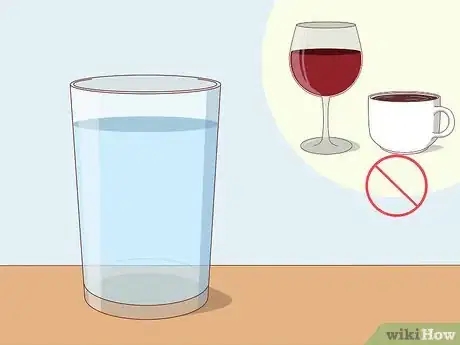
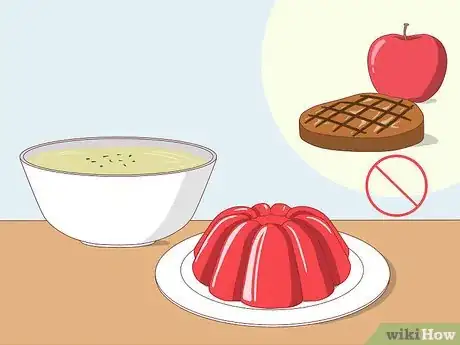
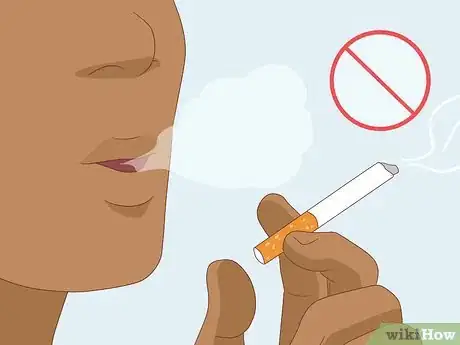


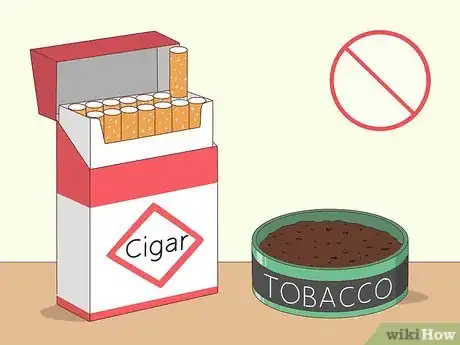

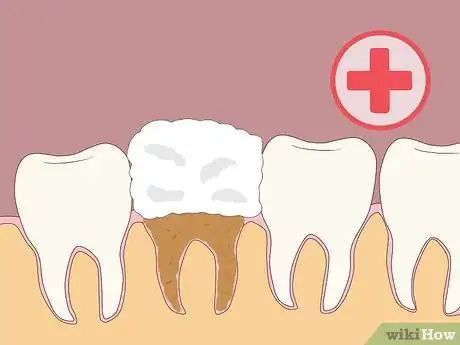




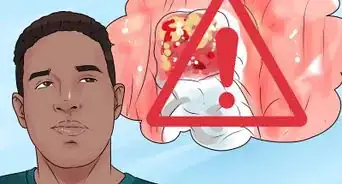
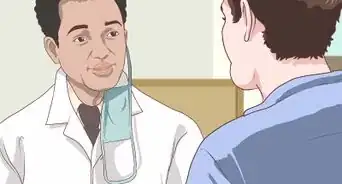
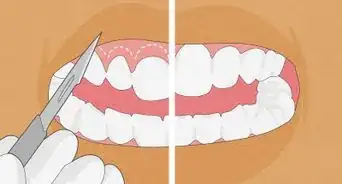
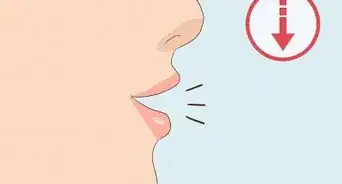
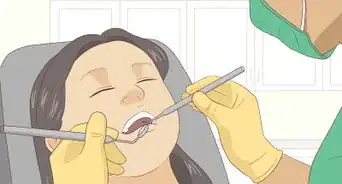

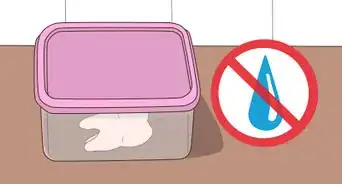
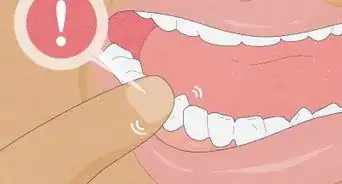
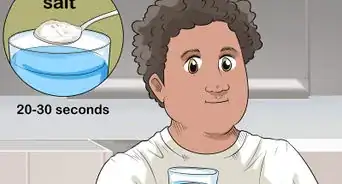

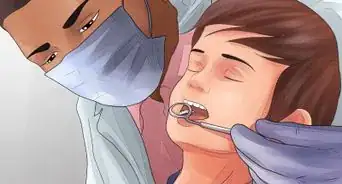













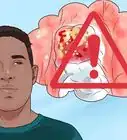
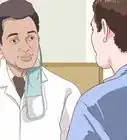
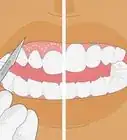



































Medical Disclaimer
The content of this article is not intended to be a substitute for professional medical advice, examination, diagnosis, or treatment. You should always contact your doctor or other qualified healthcare professional before starting, changing, or stopping any kind of health treatment.
Read More...